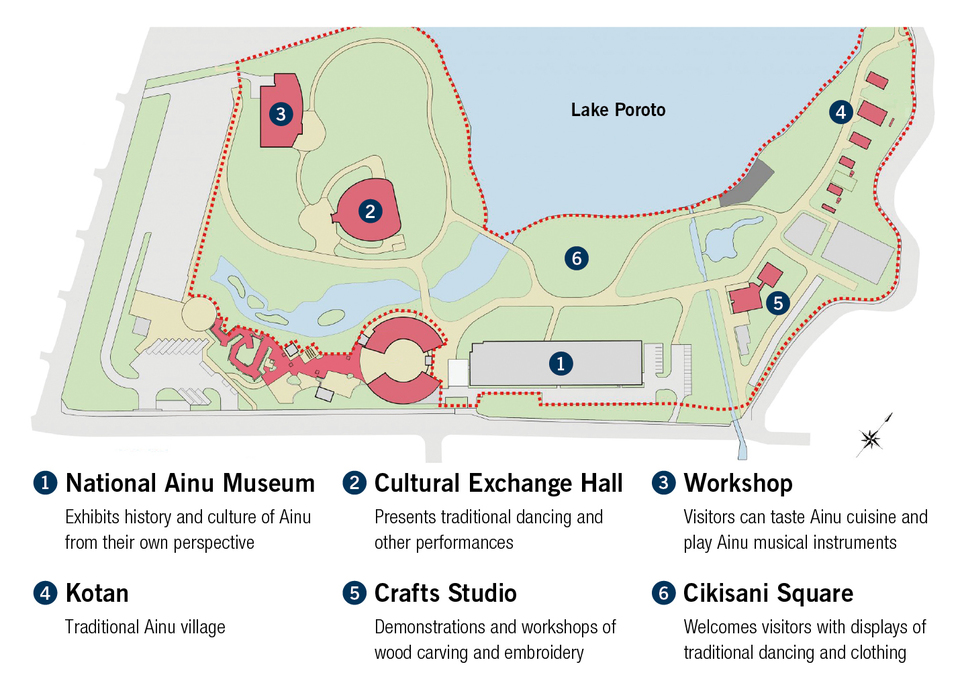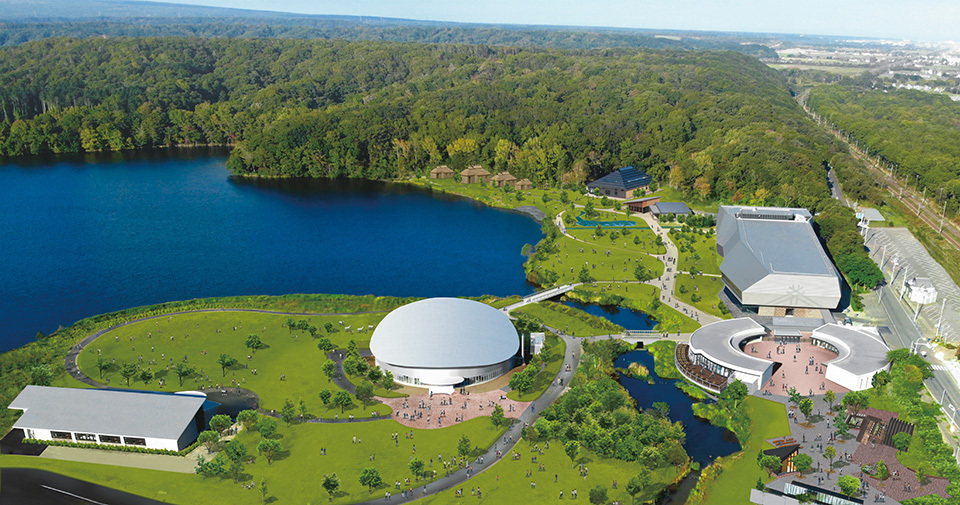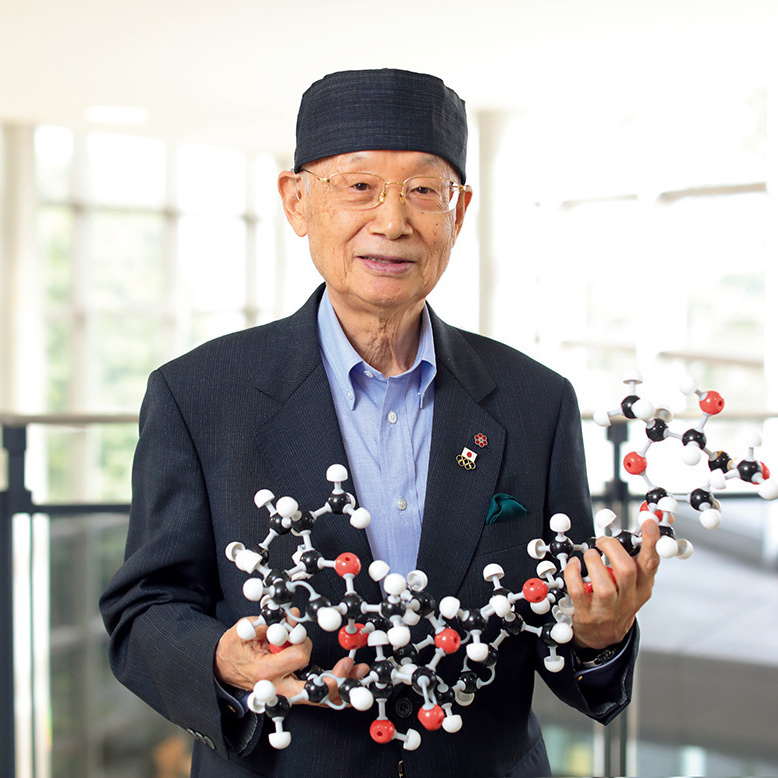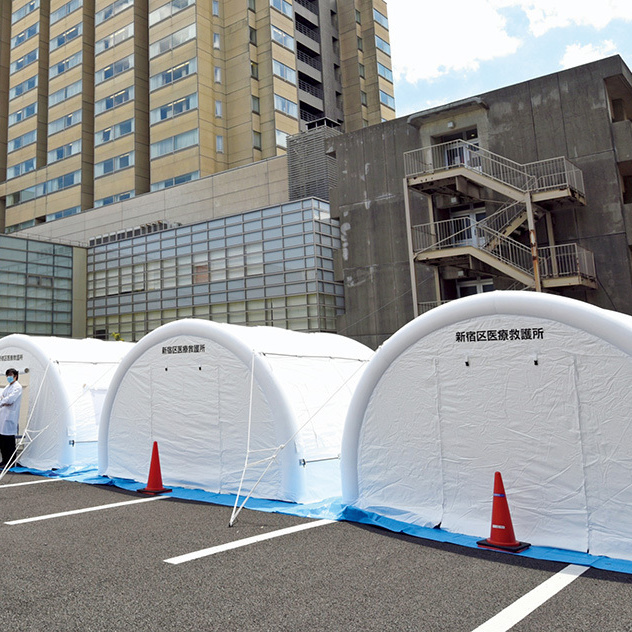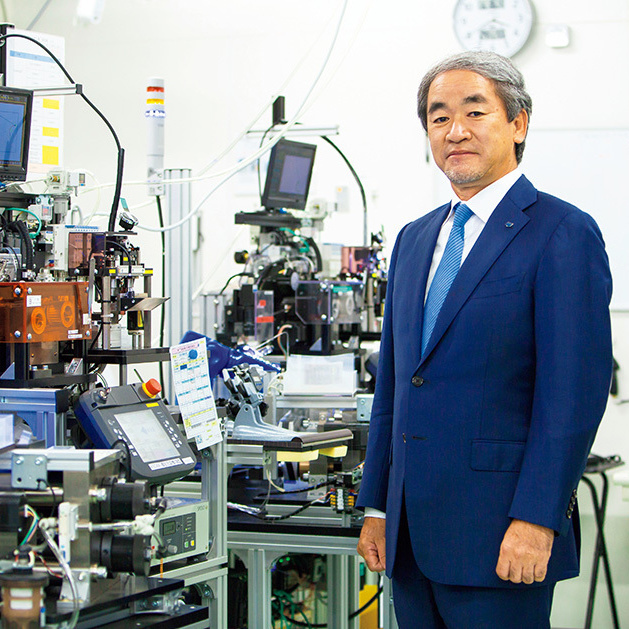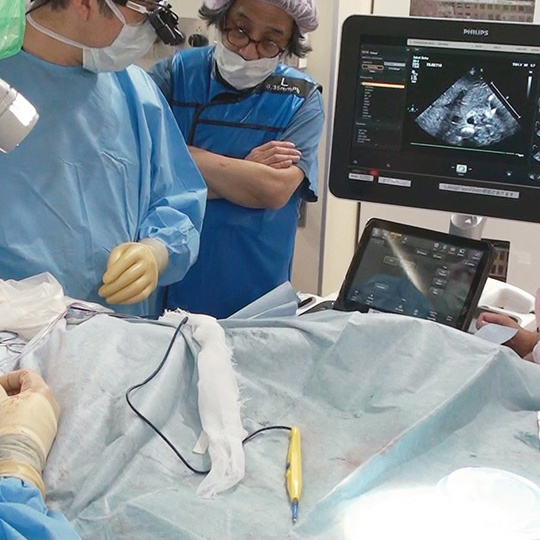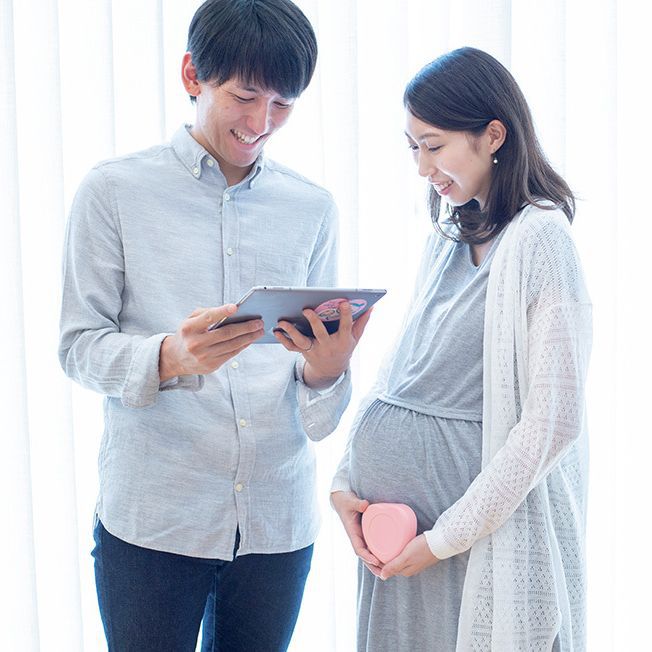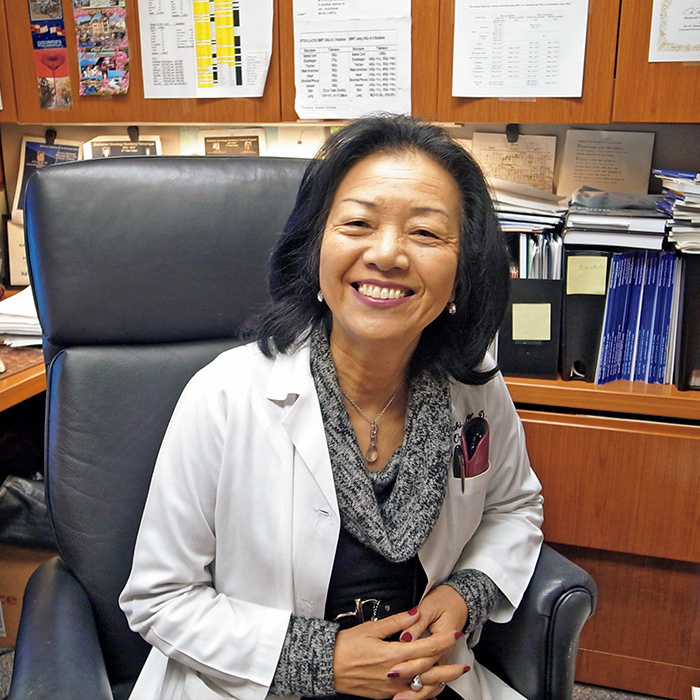Upopoy, a national center for the learning and promotion of the history and culture of the Ainu, an indigenous people of Japan, opened in Shiraoi, Hokkaido, in July 2020. Named after an Ainu word meaning “singing together in a large group,” Upopoy offers visitors an exciting firsthand encounter with Ainu culture.
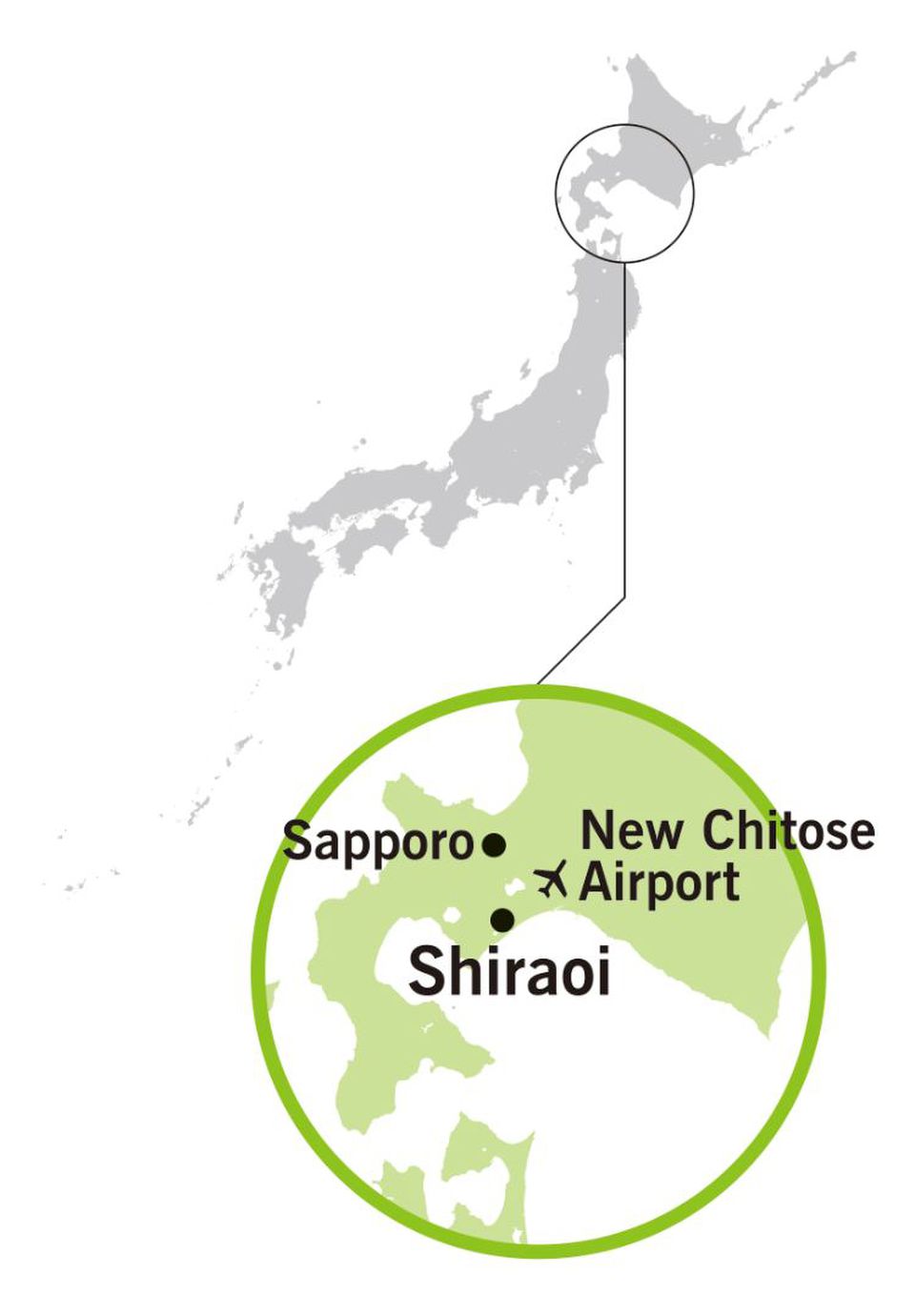
Blessed by an abundance of natural beauty, the town of Shiraoi is surrounded by mountains, lakes, and the Pacific Ocean, yet lies only a 40-minute drive away from New Chitose Airport, the main gateway to Hokkaido, and a one-hour drive from Sapporo, which is the largest city in the prefecture. The foundations of the town’s history were laid by the Ainu people, and many still live there and are said to make up about one-tenth of its population of 16 thousand. On the shore of Lake Poroto, a short walk from downtown Shiraoi, Upopoy (National Ainu Museum and Park) has been established as a new facility dedicated to revitalizing and developing Ainu culture.*
The Ainu, an indigenous people who have long inhabited the northern part of the Japanese archipelago, particularly the island of Hokkaido, have a distinctive language, religion, and culture. Today, the Ainu live in all parts of Japan, and are an invaluable part of its diverse society and culture. Historically making a livelihood by hunting and gathering in the harsh natural environment, which is particularly severe in the cold winters, the Ainu developed a rich culture of their own that encompasses food, clothing, shelter, arts, and crafts, all predicated on the notion of living in harmony with nature. With modernization, however, that culture has been on the verge of extinction. This is particularly true of the orally-transmitted Ainu language, which is entirely different from Japanese. Though the sounds are familiar to people living in Hokkaido because some 80% of the names of the island’s municipalities come from Ainu, no more than 10 people are said to be able to speak the language today.
The purpose of Upopoy is to serve not only as a venue for visitors to directly experience Ainu history and culture while learning about the Ainu views of the world and nature, but also as a home for the heart and soul of the Ainu people. Conceived as a “symbolic space for ethnic harmony,” Upopoy is an Ainu word meaning “singing together in a large group”—an activity typical of the emotionally expressive Ainu culture. By providing visitors from Japan and elsewhere with the opportunity to experience and appreciate the richness of that culture, Upopoy aims to contribute to its further expansion and revitalization.
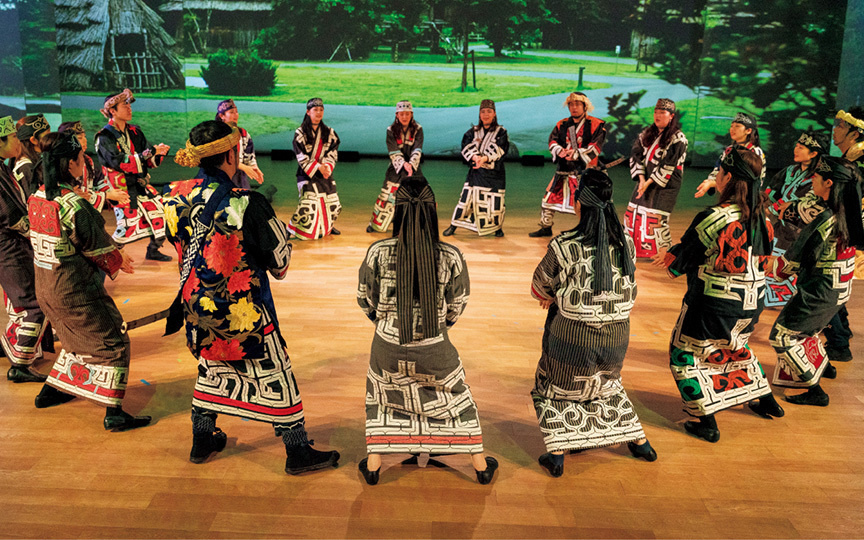
The Cultural Exchange Hall presents performances of traditional Ainu dance and music.
©The Foundation for Ainu Culture
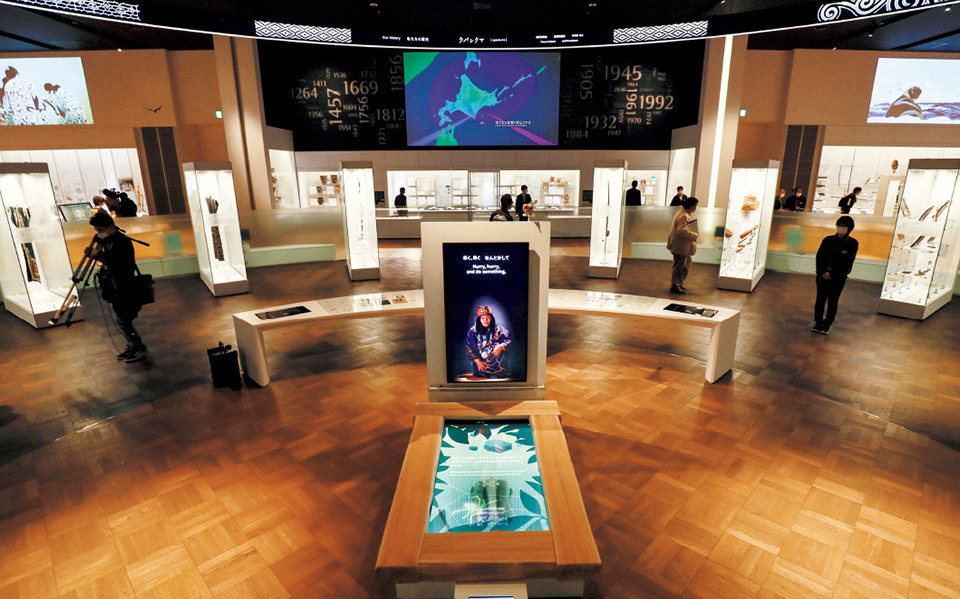
The Permanent Exhibition Room in the National Ainu Museum is centered around 14 glass cases featuring exhibits representative of Ainu culture.
Upopoy consists of the National Ainu Museum and the National Ainu Park in the core lakeside area, along with a hilltop Memorial Site. The museum contains some 700 exhibits. Divided into six sections, named Language, Universe, Lives, History, Work, and Exchange, the Permanent Exhibition Room is the ideal place to gain an overview of Ainu history and culture. The park is actually an interactive open-air center comprising a traditional Ainu village (kotan) of reconstructed houses (cise) and stages for traditional dance. There you can enjoy demonstrations of hunting and fishing tools, performances of traditional songs and dances, and participation in interactive programs of Ainu cuisine and crafts.*
Descriptive panels, signage in the museum as well as the audio guides are available in up to eight languages, including Ainu, Japanese, English, and Russian. Audio guides can be listened to via a free-of-charge app, enabling people worldwide to enjoy the exhibits by audio and text at home (for details, go to https://ainu-upopoy.jp/en/guide/).
One noteworthy aspect of the National Ainu Museum is the fact that in collaboration with the museum staff and scholars, Ainu people themselves have also selected the exhibits and display methods, and have written the descriptions. Their own participation and involvement in the museum aims to revitalize the Ainu culture through interaction with visitors from all over the world, which should further expand cultural diversity. Owing to its contribution to that process, Upopoy will surely become a symbol of a vibrant, inclusive society.
* As of July 2020, in order to prevent the spread of COVID-19, entry to Upopoy facilities is permitted by reservation. Some activities are also subject to change or cancellation.
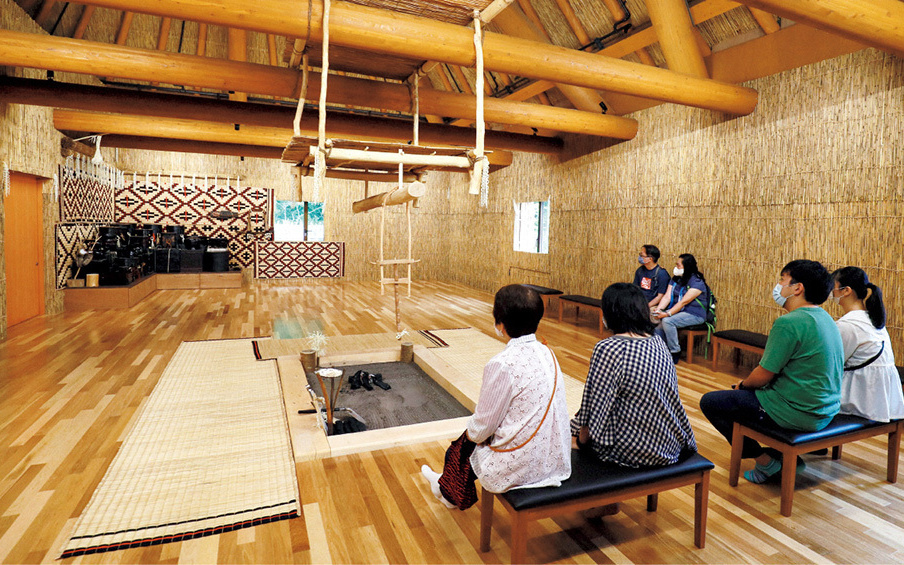
The kotan (traditional Ainu village) contains several reconstructed Ainu houses (cise). Visitors can enter the houses, take part in ceremonies, and try on traditional clothing.*
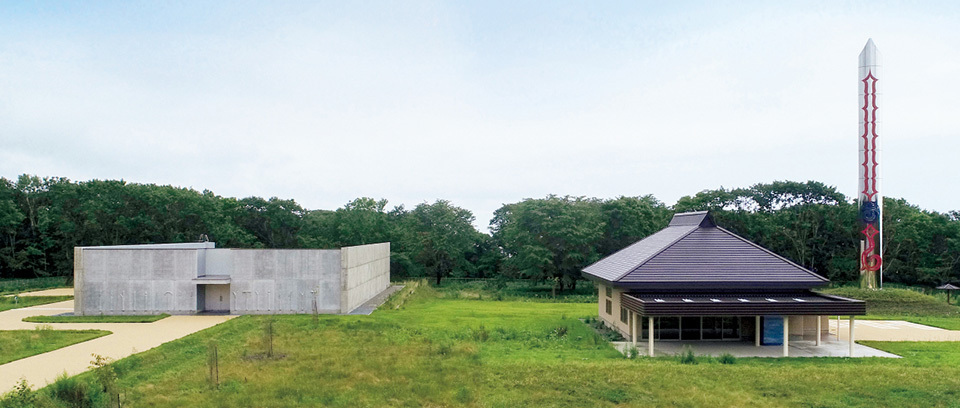
The Memorial Site honoring the remains of deceased Ainu people.
